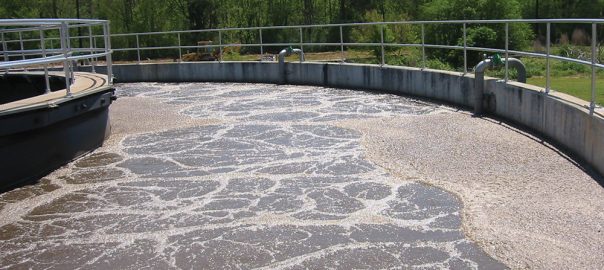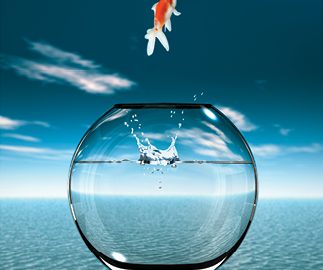
Water treatment dates back to at least 4000 B.C. Ancient Greek documents discussed purifying water by running it through charcoal, exposing it to the UV rays of the sun, and boiling it prior to consumption. This was done to kill bacteria, remove odors, improve taste, and eliminate cloudiness.
There are also historical records showing that Ancient Egyptians added alum to water to help clarify it by suspending the particles floating in it. In the 1800s, the cholera outbreak in London was found to stem from sewage that got into a well used for drinking water. Louis Pasteur would be the person to show how bacteria in the water could cause disease in people.
Our water today is cleaner because of the world’s history and discoveries along the way. Today, activated charcoal, or activated carbon, is one of the components used in water filtration systems. In 2017, activated charcoal was a major player in water filtration, but substances like olive pits, shells from nuts, and coconut fibers are also being used. Before the year 2025 ends, it’s expected that the global activated carbon market will be worth more than $6.6 billion.
How Activated Carbon Filters Water
You’ve heard of the term absorb, which is to soak something up. Activated charcoal or carbon is a little different. It adsorbs odors and substances from liquids. Instead of absorbing these odors and substances, it bonds to them. That’s called adsorption.
A process using oxygen turns charcoal very porous. Those tiny pores trap and hold the substances that cause off-colors and odors in water. It can trap and hold things like chlorine, toxins, and even some prescription drugs that make their way into water sources.
In a household, you might have a water purification system like Brita or PUR that attaches to your faucet or a water pitcher and removes impurities and odors from your tap water. People often use them to remove the chlorine odor and taste that remains in public drinking water.
In a water treatment plant, crushed activated carbon or charcoal can help remove excess chlorine, organic materials, and other impurities. To do this, the crushed carbon is added right to the water where it removes the contaminants and then is removed after it settles with other sediments in holding tanks. Once it is removed, it can move to compost areas or landfills.
Sometimes, activated carbon pairs with a UV disinfection system to aid in the removal of chlorine and other compounds that affect the taste and smell of water that’s been treated.
Placement of an Activated Carbon Filtration System
The Environmental Protection Agency lists two ways to implement an activated carbon filtration system in a water treatment plant. One is a granular activated carbon filter that is added after the rapid mix, flocculation/sedimentation, and filtration steps. Water flows into the granular activated carbon filter once the water has been in the filtration tanks. This is known as post-filtration adsorption.
The second placement is as part of the filtration tank. The granulated charcoal sits in the bottom of the filtration tank where it filters out odors and other contaminants. In this type of system, you have the rapid mix, flocculation/sedimentation, and filtration.
It’s Important for Water Treatment Plants to Keep Up With Regulations
Regulations on water quality and purification change regularly. At the moment, the EPA has regulations in place for more than 90 contaminants. The public can request that it gets added to the Contaminant Candidate List (CCL). This request list is published at EPA.gov and accepted nominations for additional contaminants at the end of 2018. Verdicts on whether or not the contaminants were added or not are also published on the EPA’s site under Current and Previous CCLs.
The last update for the National Primary Drinking Water Regulations was released in 2009. As more items are added, water filtration plants have to keep up with the changes and make sure their equipment and tests look for those new contaminants. Activated carbon filtration often helps remove some of these new contaminants.
Lakeside Equipment has one piece of equipment that’s an essential part of any water treatment plant. Look into the stainless steel or PES filter cloth screening that’s part of the MicroStar Filter. This final step in water treatment runs your cleaned water through the filter cloth and backwashes any remaining contaminants into a central hopper where it is discharged. It’s an energy efficient step in the final stage of water filtration.
Learn more about the MicroStar Filter and Lakeside Equipment’s other clarification and filtration equipment. Our experts can help you find the right water filtration system at the right price. We’ve been in the water filtration business for more than 90 years and are happy to share our expertise with you. Call 630-837-5640 for more information.





